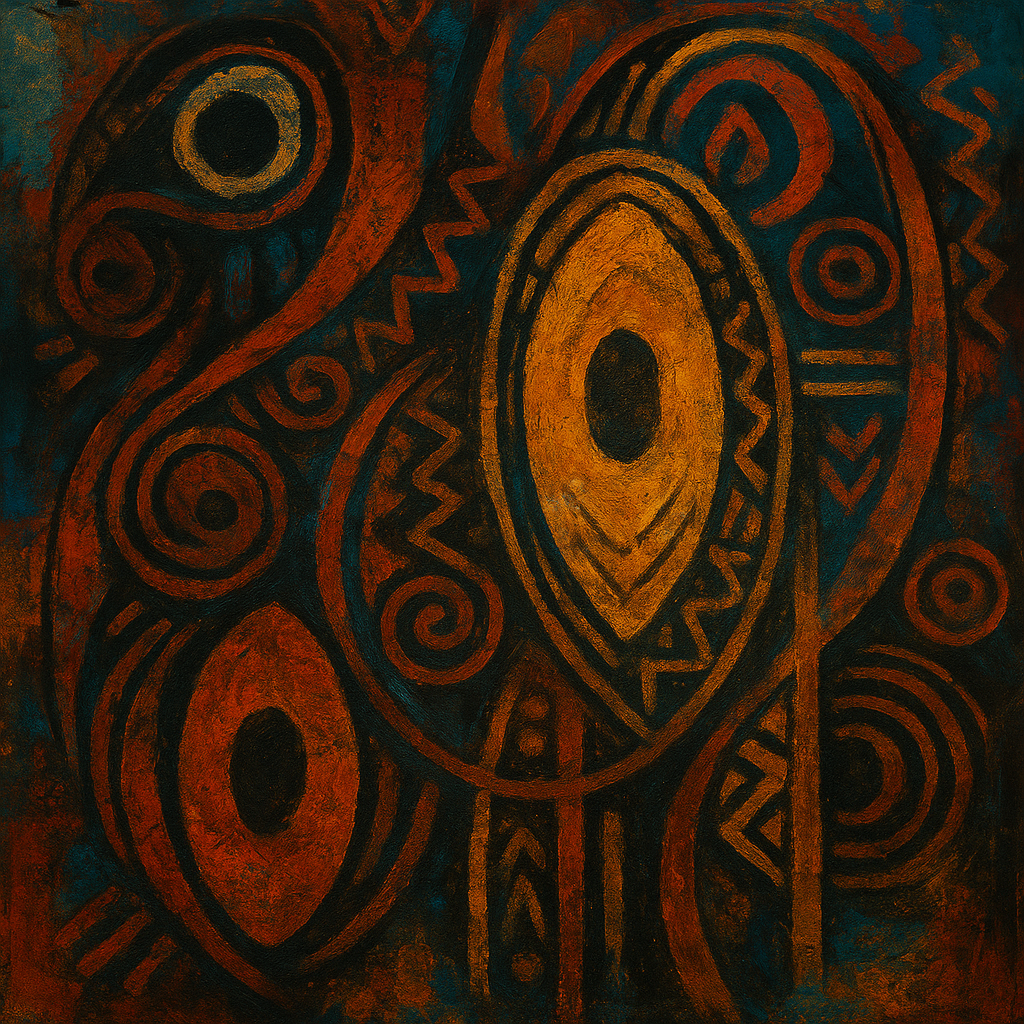Opinion – In Candomblé Terreiros, Iyá Mi Are Not Conventional Orixás

Next to where I live, there is an unfinished building. A two-story steel structure, erected and then abandoned. Honestly, I don’t know what happened there or what will be decided. For now, it serves as a shelter for the birds that come to make their nests. A pair of them—maybe eagles, maybe hawks; I couldn’t say, I’m no expert in names, but I recognized the curved beak and sharp claws—once landed on the upper slab.
Perhaps they were wondering if they could call that place home. I don’t know. Maybe they were just introducing themselves. From the living room, I watched them, moved by that visit.
The birds flew to the wall and, from there, watched life inside the house. They could see me—and I could see them back. Then my daughter appeared, climbing the stairs with her backpack still on, just back from school.
The birds followed her carefully with their eyes, moving their heads in sync with Thulane’s steps as she walked through the door, unaware she was being watched. Since then, several years have passed, and they now live in the treetop of the tallest tree on the hill.
I’ve been thinking a lot about those birds. With my daughter, I watch nature shows and marvel at the way they build their nests, protect their eggs, and feed their young until they can fly on their own.
I admire their patient instinct, the precision of their movements, and how it all becomes a dance. Right now, as I write, I see them flying overhead. I watch how they read the landscape and announce themselves above us. I am captivated by the way they seem to float over time, as if they knew something we have forgotten.
That’s why I decided to return, in this Folha column, to the series of texts I have been writing about the orixás and Candomblé, with a special edition dedicated to the Iyá Mi—the great mothers.
Revered in the terreiros as an ancestral feminine principle, the more common understanding is that the Iyá Mi are not orixás in the conventional sense.
In Candomblé, we learn that everything has its time, its path, and its secrets. The Iyá Mi are the guardians of those secrets. They are the womb that births the world and the silence that keeps it from unraveling.
In most religious practice, there is no direct initiation for them—you do not initiate for Iyá Mi the way you do for Xangô or Yemanjá. There is, however, a reserved cult, passed down among women who keep a living covenant with this power. And above all, there is respect.
These are forces that do not receive offerings from just anyone and do not answer frivolous calls. They are profound and primordial forces, associated with fertility, justice, and interdiction. Linked to all birds—especially birds of prey—they are mistresses of hidden power and ancient wisdom.
One of their most recognized representations is the owl, which can see in the dark and is able to turn its head almost completely. Nothing escapes its watchful eyes.
Another bird of prey that represents them is the vulture, devourer of entrails, whose stomach can dissolve bones and whose existence is fundamental to the cycle of nature, even if often misunderstood by our appearance-driven logic.
From one perspective, we can understand the Iyá Mi as the symbolic expression of an ancestral feminine power that survived by hiding. In colonial and patriarchal history, anything involving Black women with power and knowledge was treated as a threat. Labeled as witches, demonized, persecuted. The Iyá Mi are the spiritual response to that process: forces that resist, unsubmissive, with memory.
They are a living archive of the experience of resistance of Black women in Brazil and throughout the African diasporic world.
I return, then, to that afternoon when my daughter climbed the stairs and was silently watched by those birds. I understood then that I was being reminded. Reminded that there are presences that accompany us even when we do not name them.
That there are eyes watching us with stern love, protecting us without making a sound. And that there is an ethic of care that cannot be explained with words but is learned over time—and through silence.
Speaking of the Iyá Mi is not easy. And perhaps it shouldn’t be. But in this act of writing, I leave a small glimpse of them in this column.
An attempt to remember that there are ancestral feminine forces that remain among us, even when rationality tries to deny them. That they continue watching us from the top of the tree, welcoming us, challenging us, guiding us. Iyá ô!
Originally published in Folha de S. Paulo.
Content translated with the assistance of AI.
Related articles
July 27, 2025
Opinion – Anitta and Lauren Sánchez Shine a Light on an Industry That Imposes Standards on Women
December 21, 2022
Djamila Ribeiro launches new website
December 21, 2022
Djamila Ribeiro is on the cover of Forbes Life